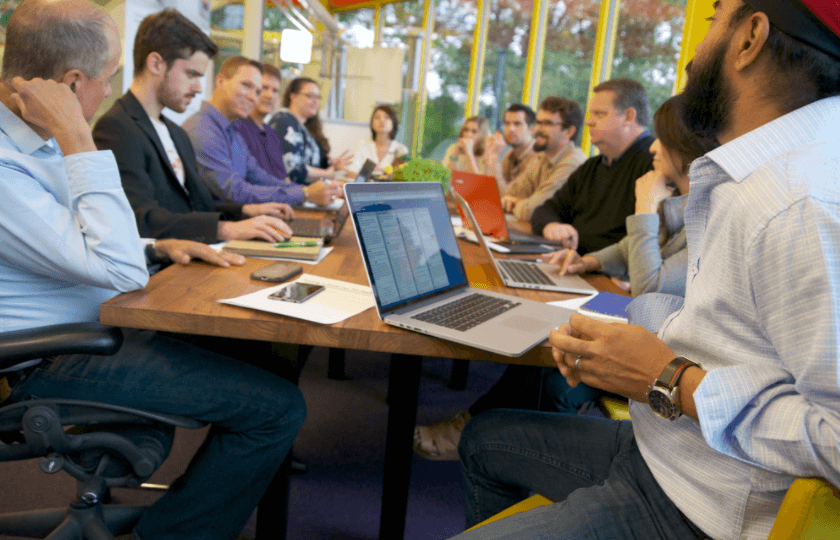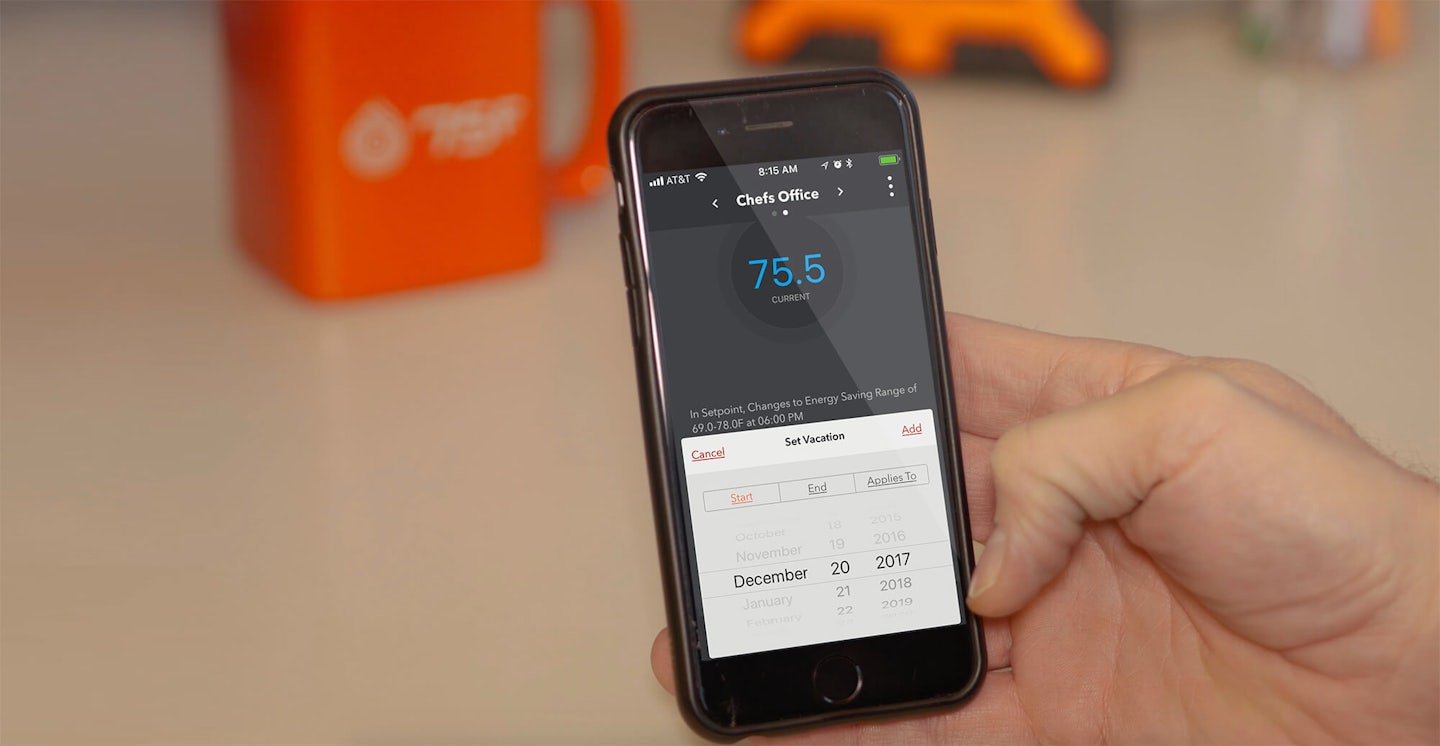
4 Ways to Increase Employee Comfort and Productivity
Every office knows the afternoon slump. Employee eyes glaze over as they find themselves stuck reading the same line of an email. A yawn spreads contagiously around the room. A small crowd gathers around the snack table. If your office had a nap room, you know it would be full.
Maybe it's just fatigue – but it's likely to be something more, especially in an older building. Commercial buildings are notorious for trapping CO2 and VOCs, which can cause lethargy, headaches, nausea, flu-like symptoms and reduced cognitive abilities. In a room full of people, these compounds build up throughout the day, causing the dreaded afternoon slump. Learn how you can use your commercial building to combat them!

Improve the Air Quality
You can fix the afternoon slump with better indoor air quality (IAQ). Improved IAQ can boost employee productivity up to 8% and can improve cognitive functioning by 61-101%! The Healthy Buildings program at the Harvard T.H. Chan School of Public Health conducted the CogFx study, which quantified and confirmed the negative effects of poor indoor air quality – namely high CO2 and volatile organic compound (VOC) levels – on human cognitive abilities.
Most commercial buildings need indoor air quality improvements. High indoor CO2 and VOC levels are commonly caused by HVAC systems that aren't optimized as well as cutting-edge building management systems. A predictive, proactive building controls and smart HVAC solution can improve comfort levels and indoor air quality.
End Thermostat Wars
You know the drill: during the winter, employees suffer through dry, stuffy air while the heaters struggle to combat the frigid weather outside. During the summer, everyone keeps blankets at their desks to combat an onslaught of air conditioning. Even if you manage to get the balance right, buildings often suffer from hot and cold spots. One room is too hot, another is too cold – and the people seated near windows never seem to warm up.
In 2004, a Cornell University study linked warmer indoor temperatures to higher productivity. The study found that, on average, raising the office temperature to a more comfortable thermal zone (up from 68°F to 77°F) can save employers about $2.00 per worker, per hour, or up to 12.5% of wage costs. That's not to recommend your office target 77°F, but studies do suggest better comfort with an indoor air temperature between 72°F and 77°F. Exceeding that range has the same negative impact on productivity as does undershooting the range.
If there are 100 people in your building with an average wage of $25/hr, a 12.5% wage costs savings is equivalent to $3.12*100 = $312/hr OR $12,500 each week.
A smart HVAC system can remove hot and cold spots throughout buildings by automatically balancing airflow according to building dynamics and usage patterns. They can predict environmental changes and adapt on their own, and account for issues like large windows or varied office sizes.

Avoid "Sick Building Syndrome"
Occupant health and wellness are paramount concerns for everyone involved in commercial environments. “Sick Building Syndrome” threatens the health of occupants and can cause absenteeism. It can result from a host of contributors, including building materials, high concentrations of chemicals or machinery, presence of asbestos or radon, old carpet, dirty air ducts or a poorly designed or inefficient HVAC system.
Common signs and symptoms in the building include:
High indoor humidity
Stagnant airflow
Mold growth
Intense odors of any sort
Temperature extremes within the building (hot and cold spots)
Smart buildings can sense and manage many of these factors to assure a healthy environment for all occupants. Such a system will allow your building's system to use live weather feeds to obtain outdoor enthalpy (air energy) data rather than rely on the inaccurate readings produced by a traditional rooftop unit module. Furthermore, wireless sensors throughout your building will monitor CO2, NO2 and CO levels along with indoor enthalpy.

Empower your Employees
Employees increasingly seek workplace environments that cater to them. Deloitte’s “The Edge” in Amsterdam, hailed as the most connected and greenest building, attracts and serves employees with mobile apps to guide to the best parking spots and building areas to support their working style, requirements and preferences.
But you don't have to be The Edge to have comfortable employees. Building owners can empower occupants with mobile apps to control temperatures in their own zones. Advanced BAS solutions can capture occupant feedback and deliver employee controls, environments and experiences that significantly affect comfort, productivity, health and overall satisfaction.











